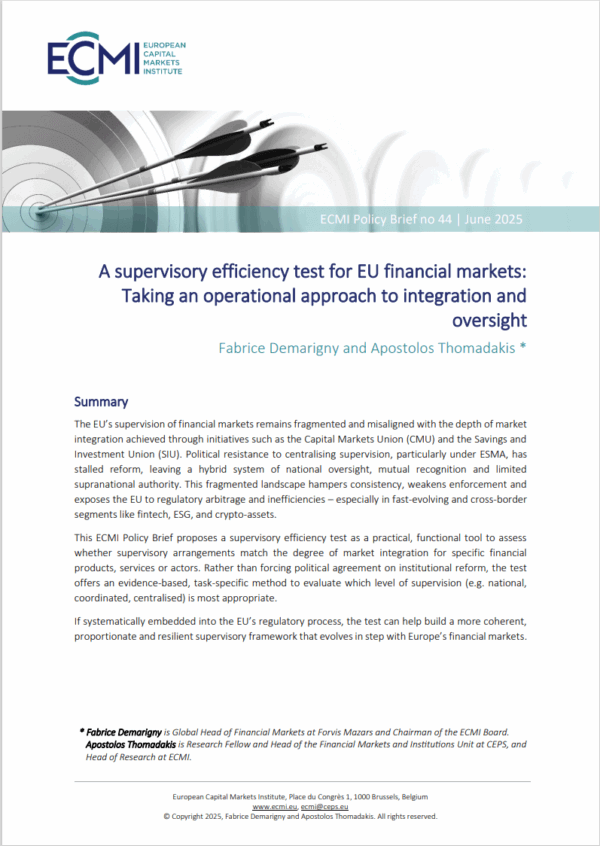The latest Basel III reforms focus on the calibration of risk-weighted assets (RWAs), the denominator of capital ratios. The finalisation of Basel III is likely to have a significant impact on the capital requirements applicable to EU banks, which could potentially also affect the real economy.
This study provides an estimate of the impact of the reforms based on the European Banking Authority’s impact study and individual bank data on 135 European banks representing more than 70% of EU banking assets. This assessment considers impact under different assumptions and circumstances, including the business-as-usual case, the Covid-19 pandemic and continued lending. It finds that the shortfall could range from €0 billion to €549 billion (0% to 4.8% of RWAs), depending on the way the reforms are implemented. Most of these shortfalls are incurred by banks active in northern European countries and retail and investment banks.
If the shortfall is limited, the banks can in principle address it relatively easily by retaining (a larger share of) their profits for a few years. If the shortfalls are larger, the banks concerned will have to consider alternative options such as issuing capital and deleveraging and changing the portfolio composition. The latter two can affect access to finance for households and corporates.
Supervisors and policymakers can mitigate some of the potential unintended consequences by applying a narrower definition of the output floor, reviewing existing supervisory buffers and closely monitoring the implementation process.







